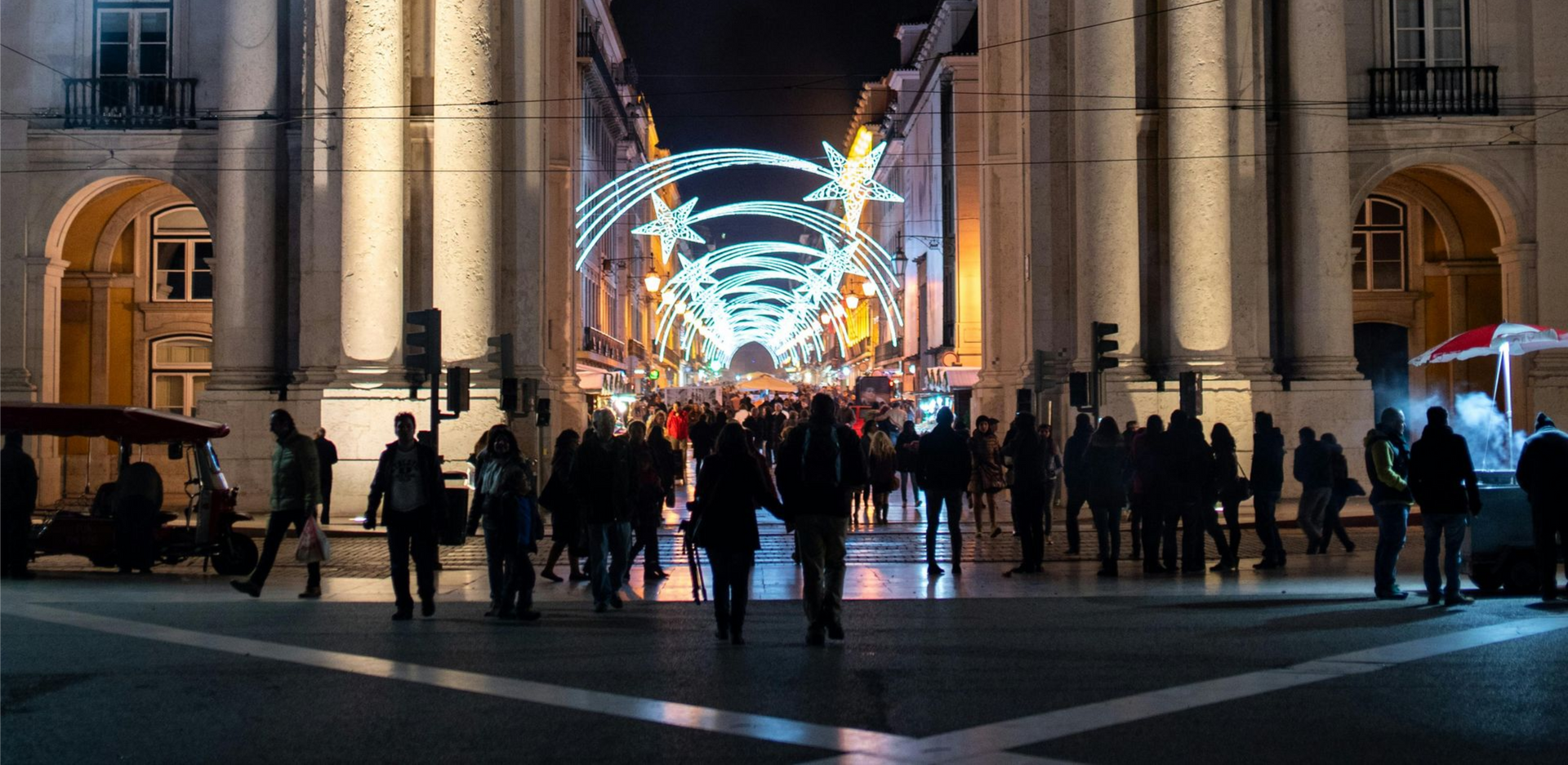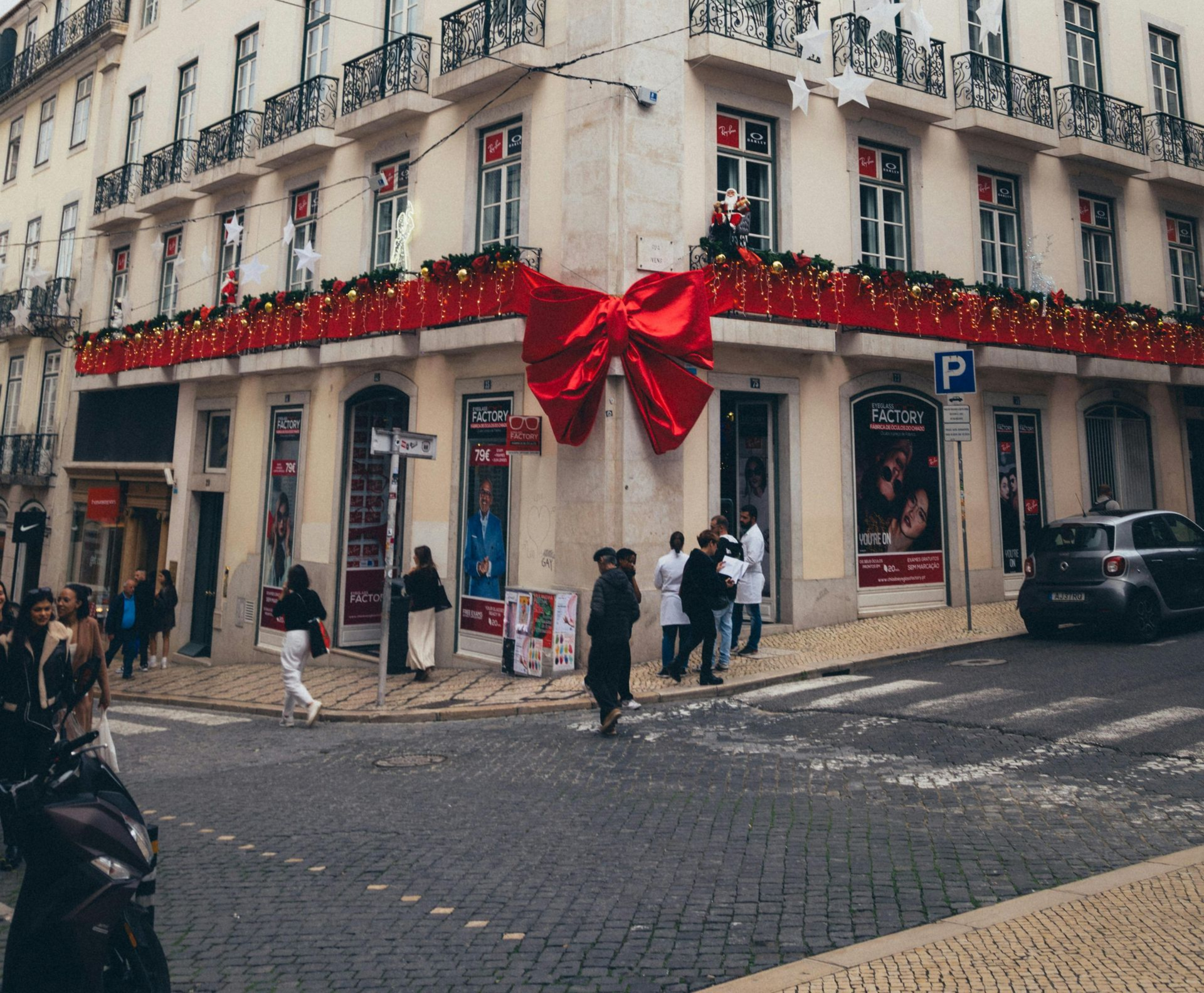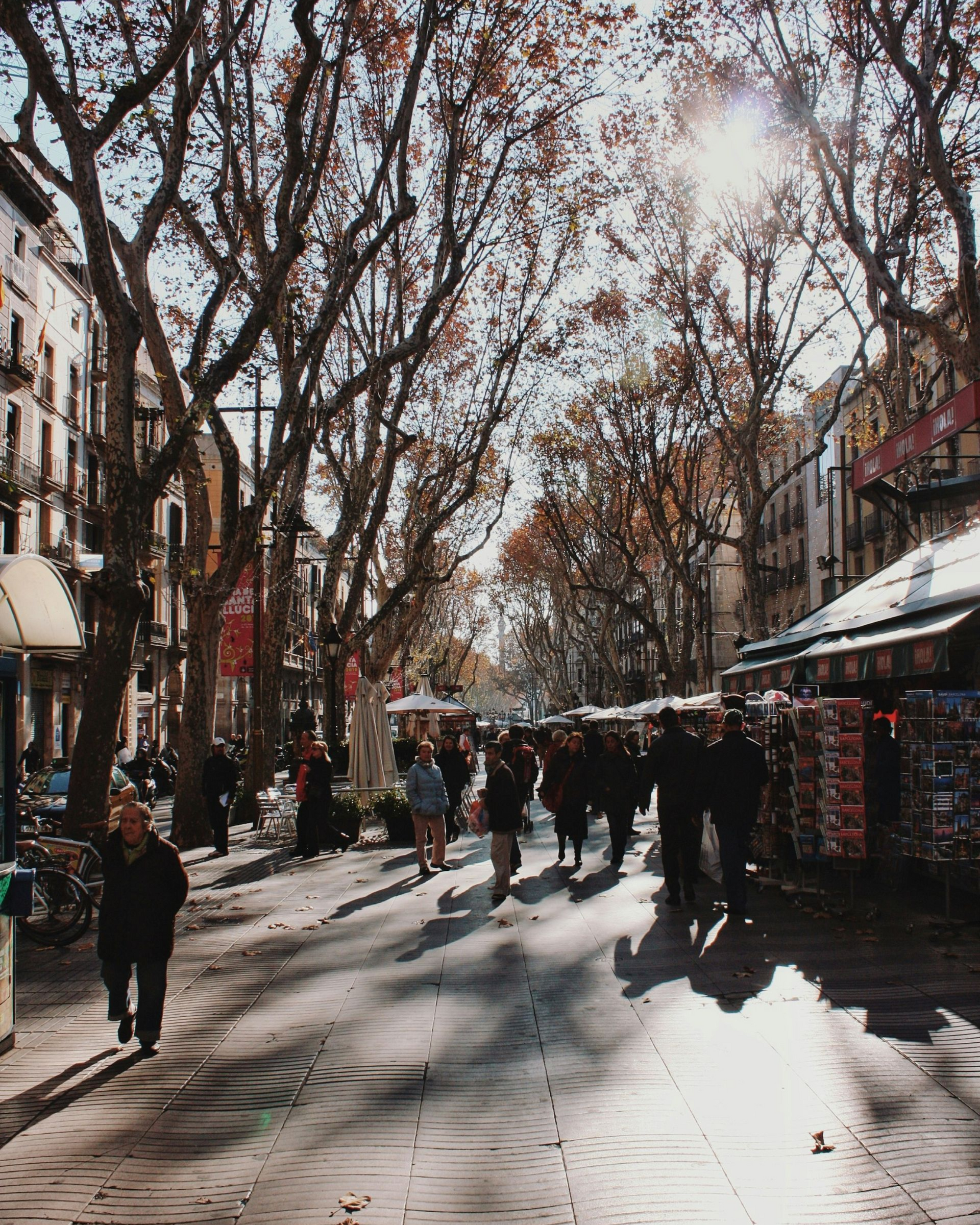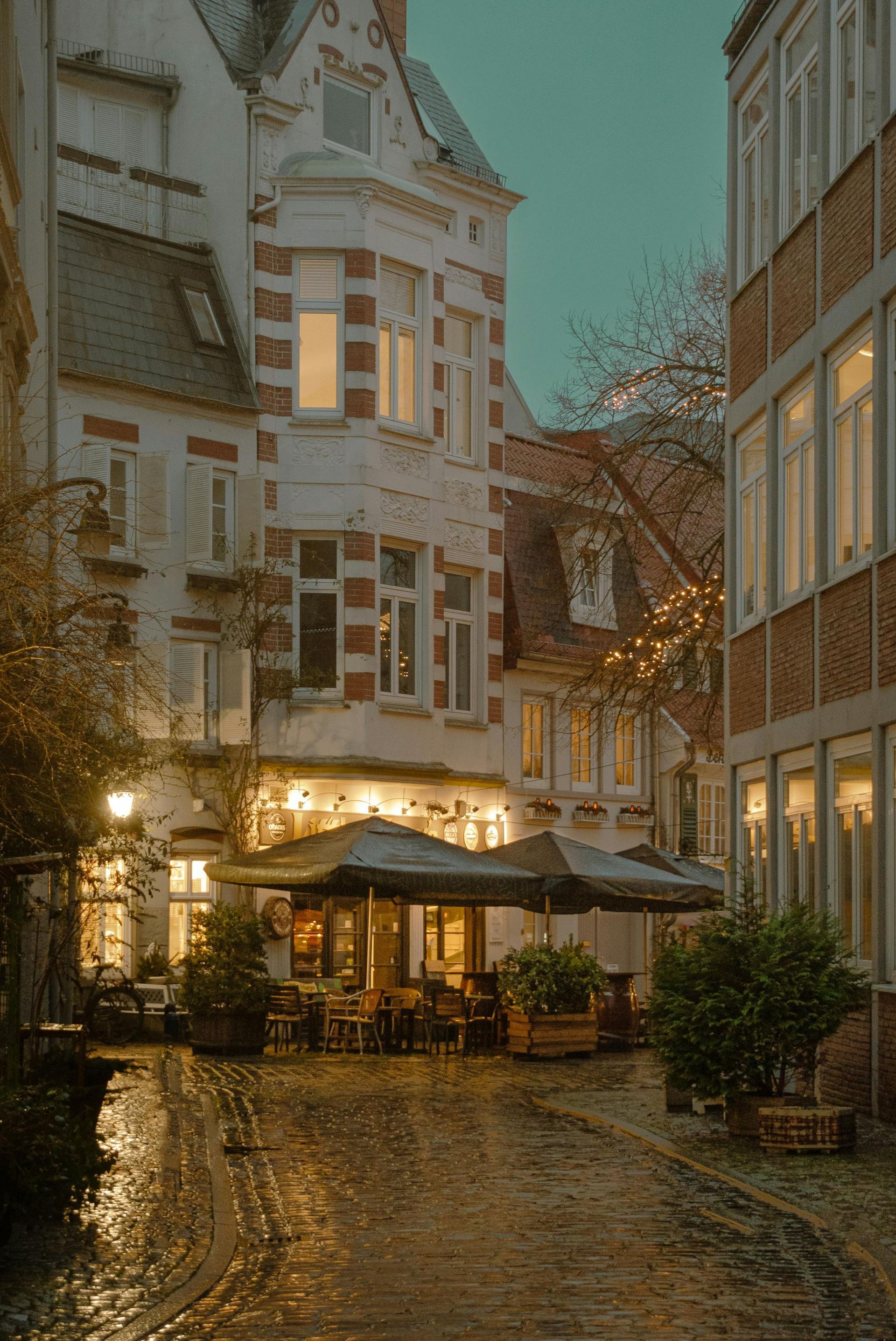Discover the History of Notre Dame
Notre Dame de Paris, meaning "Our Lady of Paris," is one of the most renowned cathedrals in the world.

Its construction began in 1163 during the reign of King Louis VII, under the supervision of Bishop Maurice de Sully. Built on the Île de la Cité, the heart of medieval Paris, Notre Dame took nearly 200 years to complete, with its final touches added in 1345. The cathedral was designed to be not only a place of worship but also a symbol of the church’s power and the city's growing influence. Over the centuries, Notre Dame has witnessed pivotal moments in French history. From the crowning of Henry VI of England as King of France during the Hundred Years' War to the coronation of Napoleon Bonaparte in 1804, the cathedral has played a central role in the nation’s most significant events.
Perhaps most famously, Notre Dame became a cultural icon through Victor Hugo’s 1831 novel, The Hunchback of Notre-Dame, which called attention to its state of disrepair and led to extensive restoration work overseen by architect Eugène Viollet-le-Duc in the 19th century. This restoration saved the cathedral from decay and helped cement its status as a beloved symbol of Paris.
Notre Dame’s Importance Today
Though the devastating fire of April 15, 2019, destroyed much of Notre Dame’s roof and iconic spire, the cathedral continues to hold profound significance. It remains a symbol of resilience, both for the Parisians who rallied around its restoration and for the millions of people around the world who felt the loss. The French government has pledged to restore the cathedral to its former glory, with a target completion date of 2024, aligning with the Paris Olympics.
Notre Dame is not just a historical monument; it continues to serve as a place of worship and reflection, drawing visitors from all over the world who come to witness its beauty, learn about its history, and experience a piece of Paris’ cultural fabric. As one of the most visited sites in the city, Notre Dame remains a focal point for both locals and tourists alike, embodying the deep connection between Paris' past, present, and future.
The Architecture of Notre Dame
Notre Dame is a masterpiece of Gothic architecture, showcasing innovations that were revolutionary in its time. Its most defining architectural feature is the use of flying buttresses, which allowed for the construction of thinner walls and larger windows, flooding the interior with light. The cathedral’s twin towers, standing 69 meters (226 feet) tall, were the tallest structures in Paris until the Eiffel Tower was built. These towers are home to the cathedral’s famous bells, including the largest, known as "Emmanuel," which weighs over 13 tons.
Inside, visitors are struck by the grandeur of the vaulted ceilings, the intricacy of the woodwork, and the beauty of the stained glass, particularly the famed Rose Windows. These large circular windows are masterpieces in themselves, depicting biblical scenes in vibrant colors. The facade of Notre Dame is also adorned with numerous sculptures, including the well-known gargoyles and chimeras, which serve both functional and decorative purposes, giving the cathedral its mystical and timeless appeal.
Fun Facts About Notre Dame
- Victor Hugo’s Impact: Victor Hugo’s The Hunchback of Notre-Dame was written in part to raise awareness of the cathedral’s neglected state. His novel was instrumental in spurring the 19th-century renovations that saved the structure.
- The Crown of Thorns: Notre Dame is home to several important religious relics, including what is believed to be the Crown of Thorns worn by Jesus Christ during the Crucifixion. This relic was saved from the fire by brave firefighters.
- The Organ: The cathedral houses one of the largest and most famous pipe organs in the world, with over 8,000 pipes. Despite the fire, the organ was mostly unharmed and is set to be restored.
- The "Zero Point": Just outside Notre Dame’s entrance lies a small brass plaque marking “Kilometre Zero,” the official center of Paris. All distances from Paris to other cities in France are measured from this point.
- A Modern Restoration: After the 2019 fire, efforts to restore the cathedral have incorporated both traditional techniques and modern technology, including the use of drones and 3D modeling to ensure accurate reconstruction.
Continue Your Parisian Journey with a Culinary Adventure
After immersing yourself in the rich history and awe-inspiring architecture of Notre Dame, why not explore another quintessential part of Parisian culture—its food? Our Paris food tour offers the perfect post-Notre Dame experience, taking you on a journey through the city's best-kept culinary secrets. You’ll taste classic French dishes, discover hidden gems, and learn about the city's gastronomic traditions from a local guide. Whether you're savoring fresh croissants, artisanal cheeses, or fine wine, our food tour is the perfect complement to your visit to one of the most iconic cathedrals in the world. Book with us today and experience the flavors of Paris!




